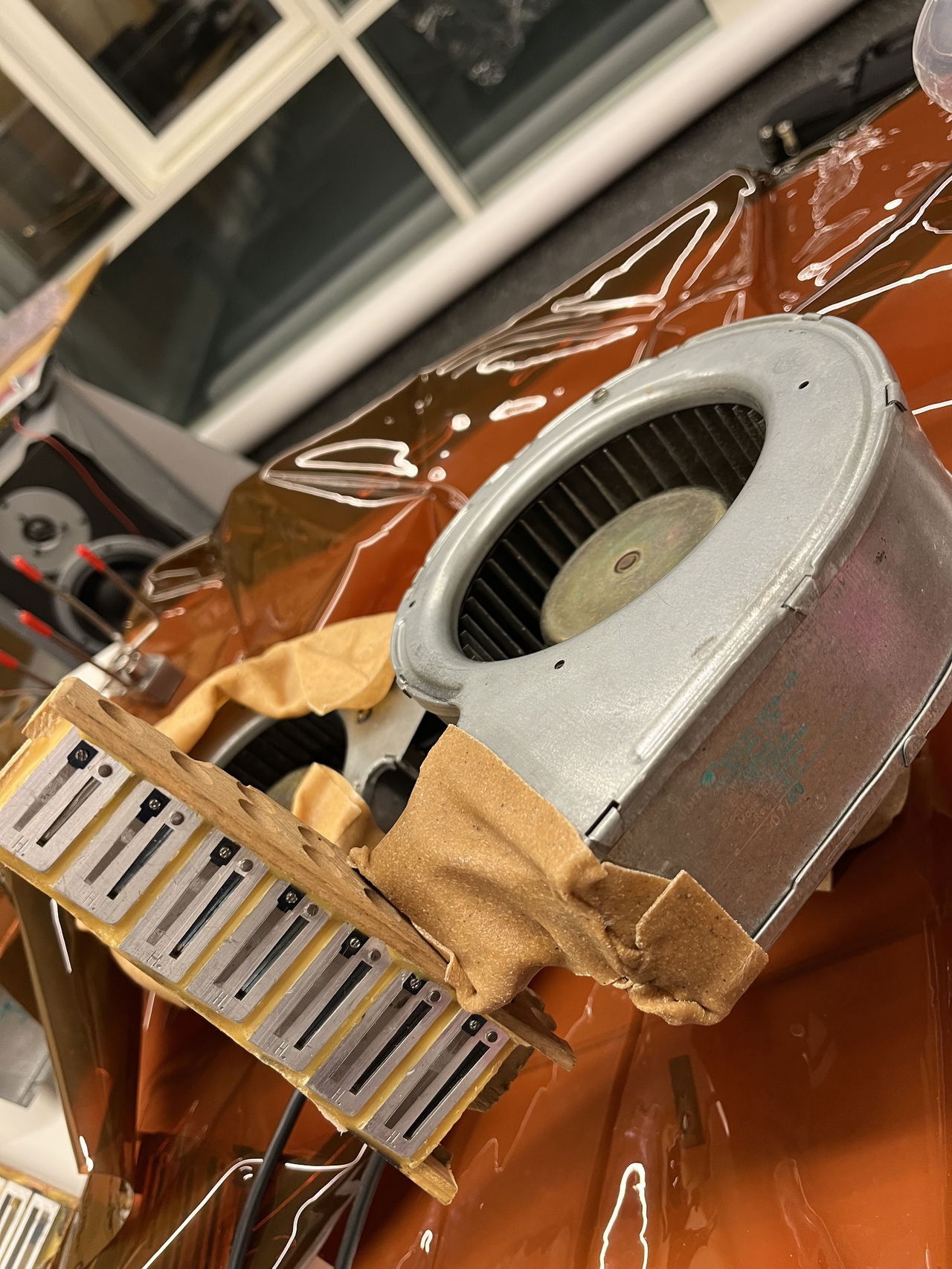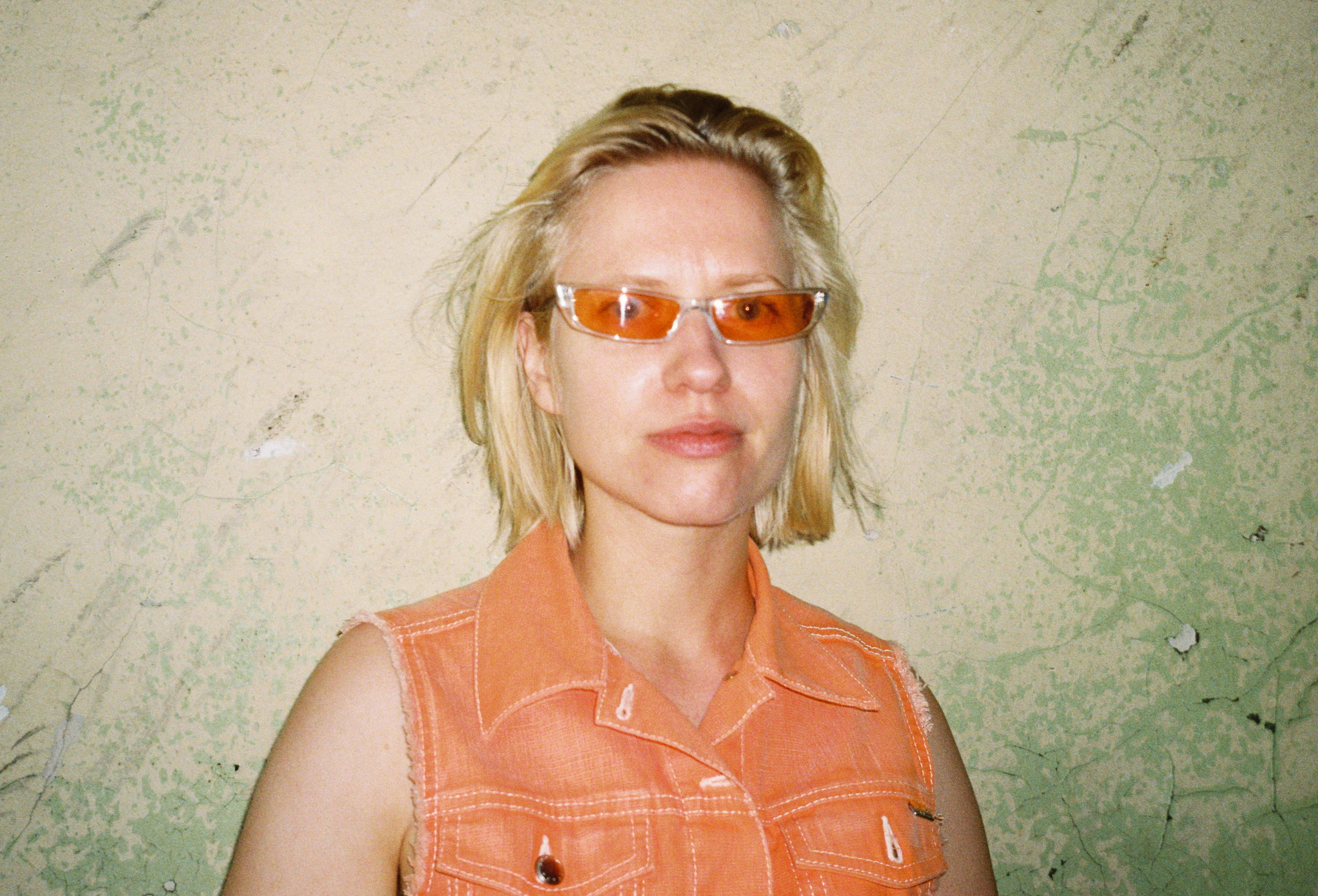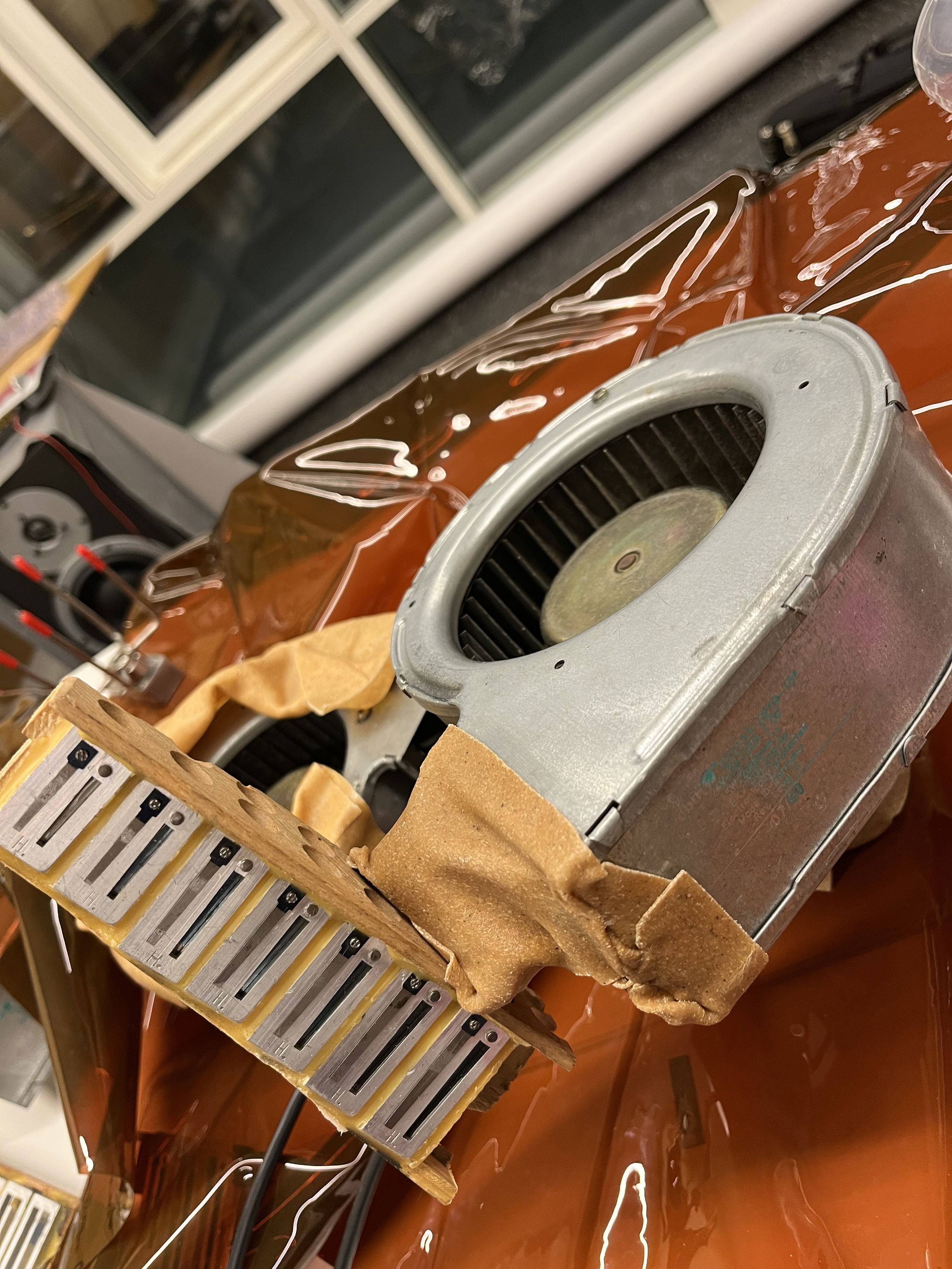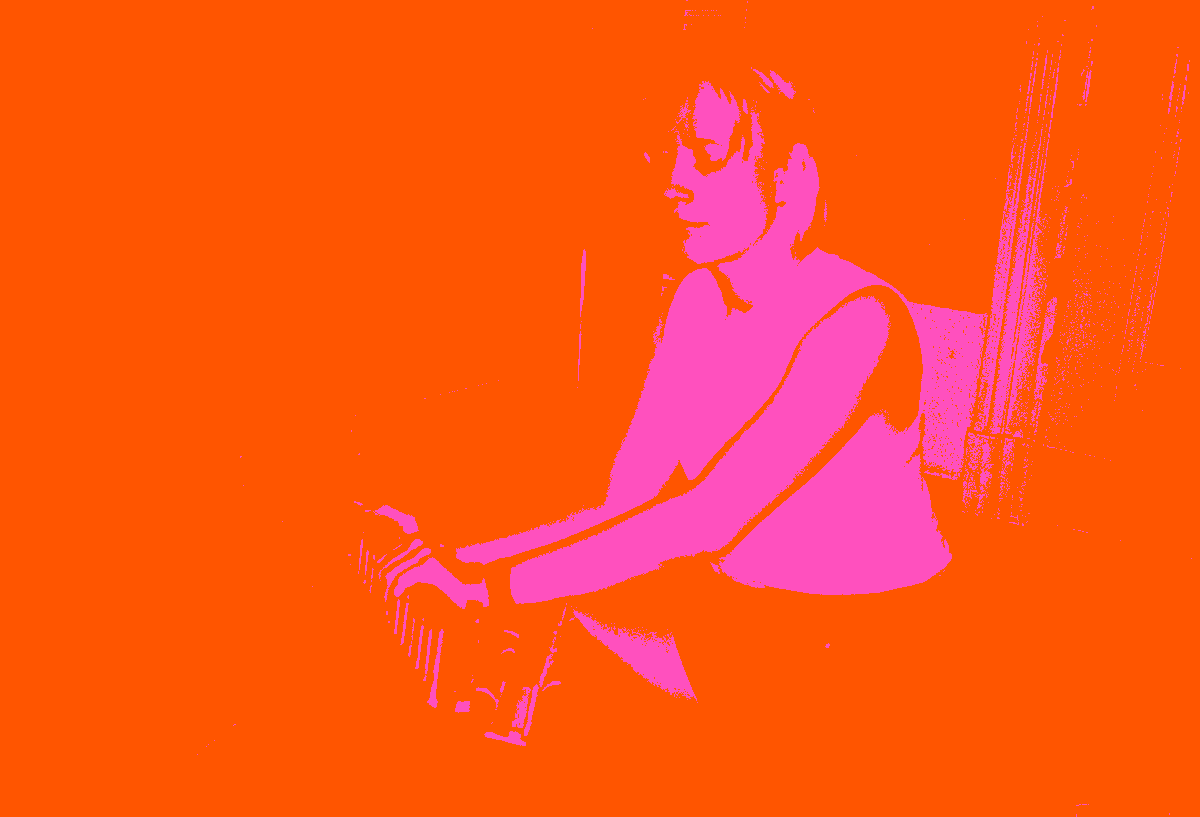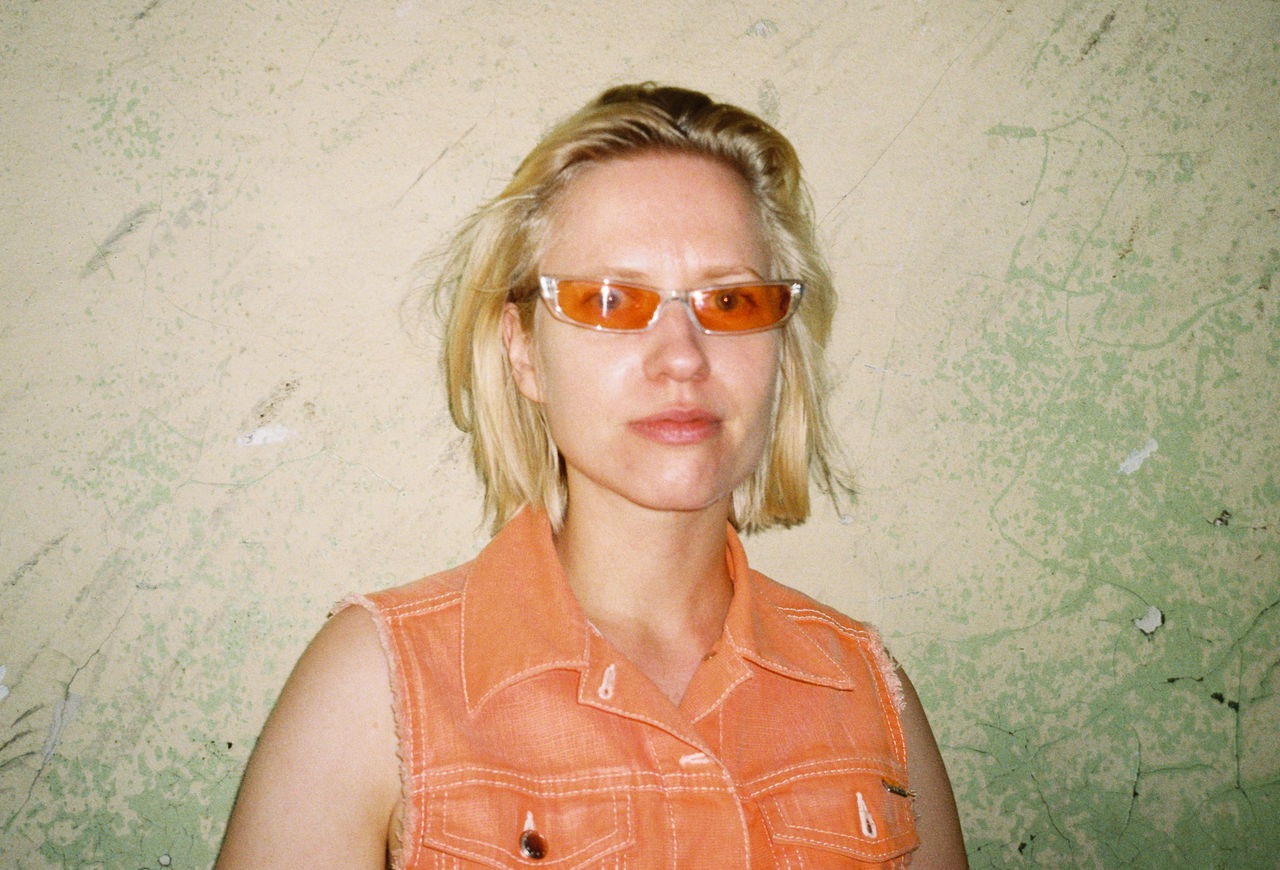
Nymusikk and Kunsthall Stavanger present Hemo – an experimental performance by and with Canilla.
At the center of the performance is a newly built instrument – shaped like a heart outside the body. This artificial heart generates music using air, pressure, pseudo-blood, and algorithms. Combined with accordion and live programming, it creates a soundscape where the biological and the technological meet.
The work is inspired by the novel The Red Star (1908) by Russian philosopher and scientist Alexander Bogdanov. In this sci-fi story, set on Mars, blood transfusions are used not only for healing but to share emotions and rejuvenate society. Blood becomes a symbol of community and solidarity.
Bogdanov was a thinker who combined politics, science, and fiction. He believed that sharing blood could strengthen social unity – an idea he also experimented with in real life as a means of physical rejuvenation and societal
Nymusikk and Kunsthall Stavanger present Hemo – an experimental performance by and with Canilla.
At the center of the performance is a newly built instrument – shaped like a heart outside the body. This artificial heart generates music using air, pressure, pseudo-blood, and algorithms. Combined with accordion and live programming, it creates a soundscape where the biological and the technological meet.
The work is inspired by the novel The Red Star (1908) by Russian philosopher and scientist Alexander Bogdanov. In this sci-fi story, set on Mars, blood transfusions are used not only for healing but to share emotions and rejuvenate society. Blood becomes a symbol of community and solidarity.
Bogdanov was a thinker who combined politics, science, and fiction. He believed that sharing blood could strengthen social unity – an idea he also experimented with in real life as a means of physical rejuvenation and societal cohesion. Bogdanov’s ideas cross speculative fiction and political philosophy. He envisioned a post-human future where collective labor unites nature and technology. On Mars, the inhabitants possess advanced computer networks and calculation systems that reflect modern climate science. Although later rejected by Soviet authorities, his ideas remain relevant today, especially in the context of ecology and technology.
In Hemo, Canilla (Axel Barratt-Due) plays music for their artificial heart. They use sensors that register air and pressure in the circulating pseudoblood, employing pneumatics in the form of electromagnetic solenoids, industrial fans, and breast pumps. The result is a living and sensory work in the form of a kind of auditory circuit.
Hemo is a series of instruments through which Barratt-Due explores blood and fluid using pneumatics and breath. The first work in this series was commissioned by the artist Alwynne Pritchard.
Doors open at 7pm.
Concert starts at 8pm.
Axel Barratt-Due is a sound artist, musician, composer, and performance artist based in Oslo and Berlin. They holds a bachelor’s degree in classical accordion from the Royal Danish Academy of Music (2009) and a master’s degree in sound art from the Universität der Künste in Berlin. They are currently a research fellow at the Norwegian Academy of Music.
In live performances, Axel Barratt-Due appears under the pseudonym Canilla – building new instruments from old accordions played with compressed air, live coding, and DIY electronics. Their music blends synthesized data, acoustic mechanics, and dark poetry. Canilla’s works have been presented at venues, festivals, and clubs such as Black Box Teater, Transmediale, the Bergen International Festival, Piksel, Insomnia, HAU Berlin, the National Theatre, Stamsund Theatre Festival, Lecken, Fusion, and the Royal Opera House in London.
